“How can I connect my content standards to something that is real for students?” 
This question comes up a lot during our PBL trainings. And to be honest, depending on the subject matter in question, I’ve not always had a stellar answer. But hey, we learn and grow.
However, when I receive this question now, I most often recommend the 17 United Nations Sustainable Development Goals (UNSDGs) as a means to channel classroom content into action. According to the UN, “the Sustainable Development Goals are the blueprint to achieve a better and more sustainable future for all. They address the global challenges we face, including poverty, inequality, climate change, environmental degradation, peace and justice.”
The Global Goals are big, they’re ambitious, and they are most definitely relevant in every classroom.
The 17 Global Goals provide a lens for students to engage with, and impact real, relevant issues in their own communities, with enough voice and choice to channel their specific passions into a PBL project. Current reports show that sustainability, climate change, gender equality, and social justice are important issues for Generation Z. And providing students with an avenue to engage with and impact their community helps to build student agency, particularly regarding issues that might otherwise seem too large or overwhelming to impact.
I’ve had the privilege of seeing students take on these goals in real and meaningful ways in their schools. Just last year, the Consortium partnered with Covestro to launch Youthquake 2030, part of their Thinc30 initiative to address the UNSDG’s. Students from a dozen schools across western Pennsylvania came together to hear from experts in sustainability and brainstorm ideas for action.
Over the course of several months, these student teams reflected on the unique challenges in their own communities, talking with stakeholders, and designing solutions in the service of others. Taking on this challenge built critical thinking and collaboration skills–certainly–but it also reinforced something arguably more important: empathy.
When these students presented their projects to the engineers, designers, and scientists at Covestro last spring, I found myself awestruck by the thoughtfulness and passion that these young people had for those in their communities. Their projects did not serve themselves, but instead focused deeply on those around them, particularly people who may often be marginalized.
I’m talking about students who designed low-cost air filters that could reduce particulate levels in homes for the elderly. I’m talking about students who created an anonymous “take-what-you-need” food and toiletry pantry in their K-12 building for students and families who are struggling. And I’m talking about students who outlined a non-profit approach to addressing gun violence across their district neighborhoods.
Engineering, entrepreneurship, social studies, ELA, biology. The list goes on. Our students are passionate about their homes, their families, their world. The Global Goals can show them how vital their classroom learning can be to ensuring a healthy, sustainable future for everyone while teaching them to see their world from someone else’s perspective.






